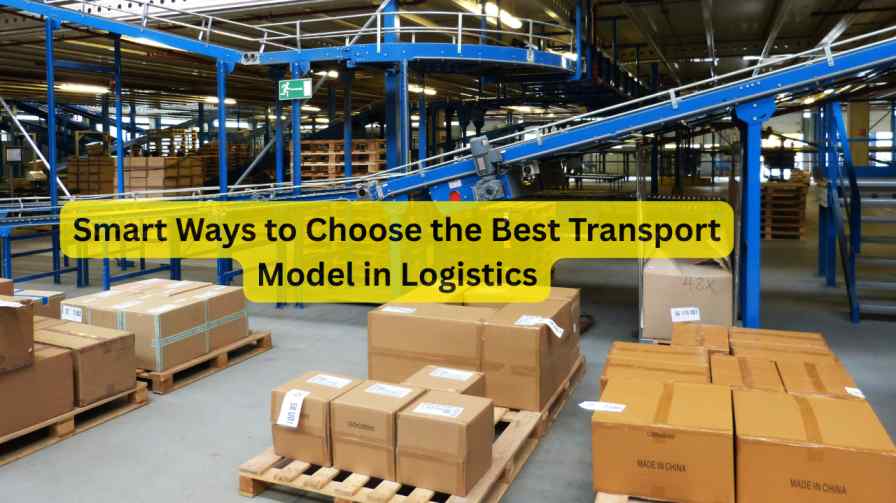


Learn how to choose the right transportation model in logistics management to reduce costs, improve delivery times, and streamline your supply chain.
Way to Choose the Right Transportation Model in Logistics Management Choosing the right transportation model is a critical part of successful logistics management. In an era where customer expectations are sky-high and delivery timelines are tighter than ever, your choice of transport directly affects cost efficiency, delivery speed, service reliability, and environmental sustainability. Whether you’re a small business handling local deliveries or a global brand managing international supply chains, understanding the way to choose the right transportation model in logistics management can optimize your operations significantly.
Before diving into how to choose the best model, it’s essential to understand what transportation models are. A transportation model refers to the method or mode used to move goods from one point to another. The five primary modes of transportation in logistics include:
Each mode has its advantages and limitations, and their suitability depends on a number of factors such as distance, cost, delivery time, and nature of goods.
Selecting the proper mode of transportation is not just about moving goods — it’s about doing so efficiently and competitively. Here’s why it’s so important:
Let’s now break down the way to choose the right transportation model in logistics management, focusing on critical factors.
The characteristics of the goods being transported play a significant role in determining the appropriate transportation model.
For example, a pharmaceutical company would likely prefer air freight due to the need for quick and temperature-controlled delivery, while a construction company importing steel might go for sea freight to save on costs.
One of the most straightforward factors in logistics is distance.
If you have clients expecting next-day delivery, sea freight is off the table. Conversely, if delivery time isn’t a constraint, you can save significantly by choosing slower, more economical methods.
Budget plays a crucial role in transportation model selection. Here’s a general comparison of cost:
Always consider both direct costs (fuel, tolls, freight charges) and indirect costs (delays, warehousing, insurance) when making a decision.
Evaluate the infrastructure in both origin and destination locations. Some places might not have an airport or seaport, limiting your choices.
Your transportation model must align with the realities on the ground. A highly efficient transport method on paper can be rendered useless if the destination has poor infrastructure.
Sustainability is becoming a priority in logistics. Eco-conscious brands are actively seeking greener transport methods.
If your company has a green logistics policy, this factor will heavily influence your transportation decisions.
Third-party logistics (3PL) providers can offer insights and resources that help you choose and execute the most efficient transport strategy.
Stay updated with market trends, fuel prices, and technological innovations, as transportation models evolve constantly. The model that works best today might not be the most efficient tomorrow.
